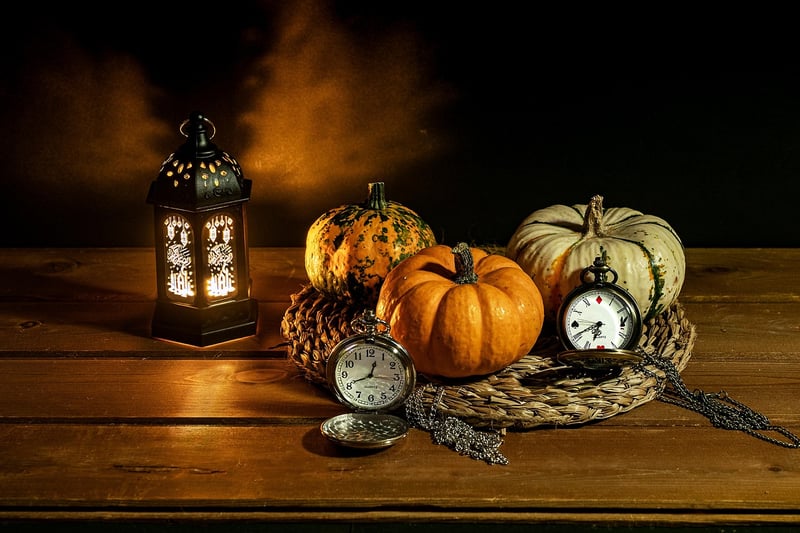Plot Analysis
Exploring Cinematic Time Jumps: A Plot Analysis
When watching a film, one storytelling technique that can add depth and intrigue to a plot is the cinematic time jump. Time jumps allow filmmakers to manipulate the narrative timeline, creating suspense, revealing character development, and offering unique perspectives on the story. Let's delve into the world of cinematic time jumps and analyze how they are used to enhance storytelling.
What are Cinematic Time Jumps?
Cinematic time jumps refer to a narrative device where the storyline moves back or forward in time, disrupting the chronological order of events. This technique can vary in scale, from small temporal shifts within scenes to significant leaps spanning years or even centuries.
Types of Time Jumps
There are several types of time jumps commonly used in films:
- Flashbacks: These scenes take the audience back to events that occurred before the current timeline, providing crucial context or backstory.
- Flash-forwards: Opposite to flashbacks, flash-forwards offer glimpses of future events, building anticipation and mystery.
- Non-linear narratives: Films with non-linear narratives present events out of order, challenging viewers to piece together the story's timeline.
Impact on Plot Development
Time jumps can have a profound impact on plot development:
- Character Development: By revealing past experiences or future outcomes, time jumps deepen our understanding of characters and their motivations.
- Plot Twists: Strategic time jumps can introduce unexpected plot twists, keeping viewers engaged and surprised.
- Emotional Resonance: Jumping in time can evoke powerful emotions, such as nostalgia, regret, or hope, by highlighting significant moments in characters' lives.
Examples in Cinema
Many acclaimed films utilize time jumps to great effect. One notable example is Christopher Nolan's "Inception," where the protagonist navigates through dream levels with varying time dilations, creating a complex and immersive narrative.
Another compelling use of time jumps can be seen in Quentin Tarantino's "Pulp Fiction," which intertwines multiple storylines out of order, challenging viewers to piece together the interconnected narratives.
Conclusion
Cinematic time jumps are a powerful tool in a filmmaker's arsenal, allowing for innovative storytelling and narrative complexity. Whether used to reveal hidden truths, build suspense, or evoke emotions, time jumps add a dynamic element to storytelling that captivates audiences and elevates the cinematic experience.
Next time you watch a film with time jumps, pay attention to how they shape the plot and characters, offering a unique perspective on the story being told.

